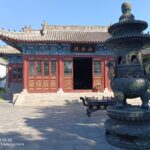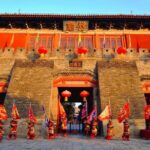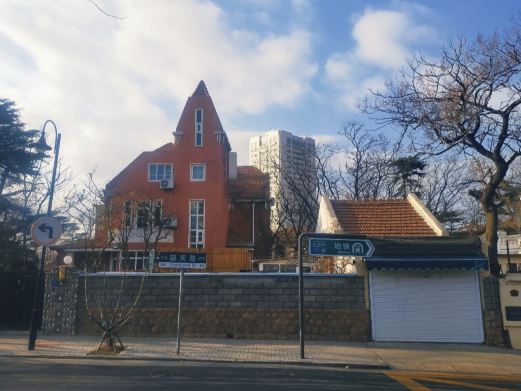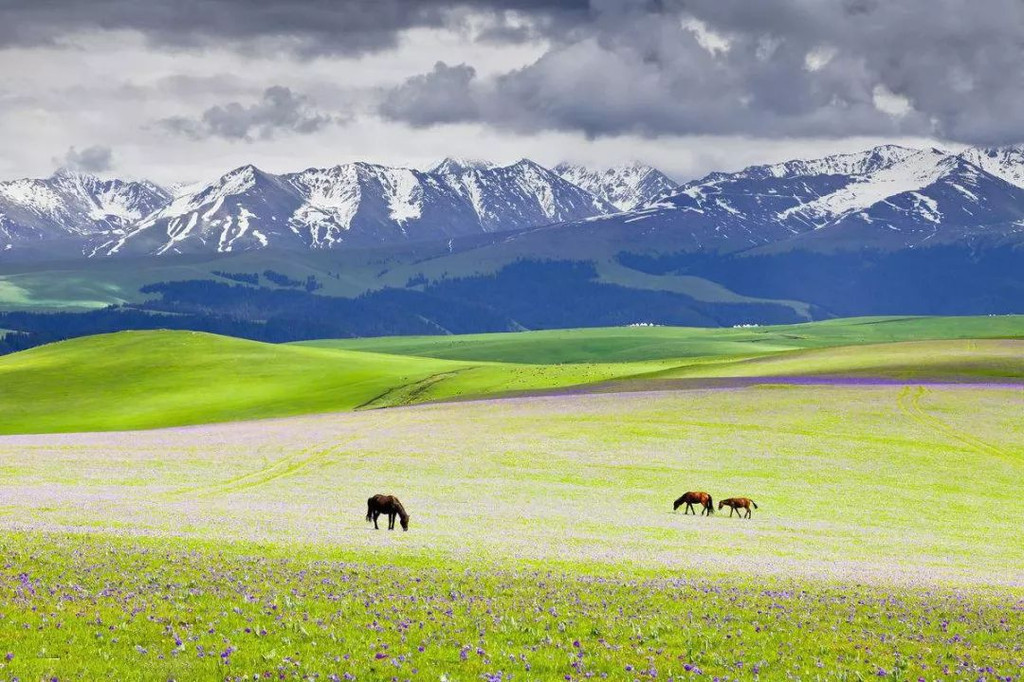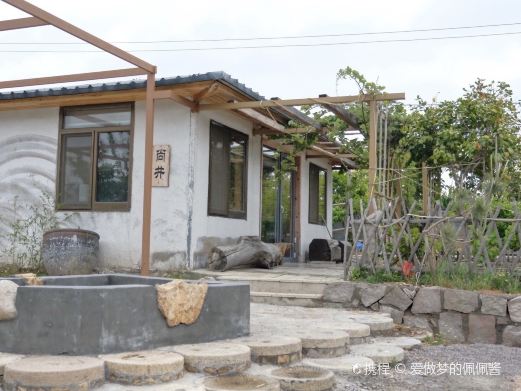Xima Terrace is one of the earliest existing historical sites in Xuzhou. In 206 BC, after Xiang Yu, the peerless hero, destroyed the Qin Dynasty, he proclaimed himself the Hegemon-King of Western Chu and made Pengcheng his capital. On the Nanshan Mountain about one li to the south of the city, he constructed a high platform to watch horse shows, hence the name Xima Terrace. Xima Terrace is built step by step according to the terrain of the hill, with an orderly arrangement.
Over the generations, many buildings have been constructed on the platform, such as Taitou Temple, Sanyi Temple, Temple of Famous Officials, Jujv Academy, Songcui Mountain House, stele pavilion records and so on. On the north side of Xima Terrace are scenic spots such as a winding corridor, Zhuisheng Pavilion, Jicui Pavilion, horse-tying post and Niaozhui trough. There are more than 50 stone inscriptions of poems and lyrics chanting Xima Terrace by literati and refined scholars of past dynasties embedded in the winding corridor. Xima Hall is the main hall, surrounded by corridors. Twenty-four vermilion pillars are arranged around the hall. The four walls are carved window lattices. The screen in the hall is the picture of ‘Autumn Wind and Horse Show’, reflecting the scene of Xiang Yu watching his soldiers practicing horse riding under the accompaniment of Yu Ji. The mural in the east annex hall is made of 144 square and rectangular brick blanks of different sizes carved and fired. It is 9 meters long and 2 meters high. The picture of Xiang Zhuang performing sword dance describes the tense atmosphere of the Feast at Hongmen. The west annex hall is a large mural, outlining the scene of the overlord parting with his beloved concubine after being defeated at Gaixia. As Xima Terrace is located at a relatively high altitude, when you climb up and look around, the ancient city comes into view. Therefore, it is also a good place for sightseeing in Xuzhou urban area. Opening hours: Open all year round from 09:00 to 17:00.Xima Terrace
Xima Terrace is one of the earliest existing historical sites in Xuzhou. In 206 BC, after Xiang Yu, [...]


